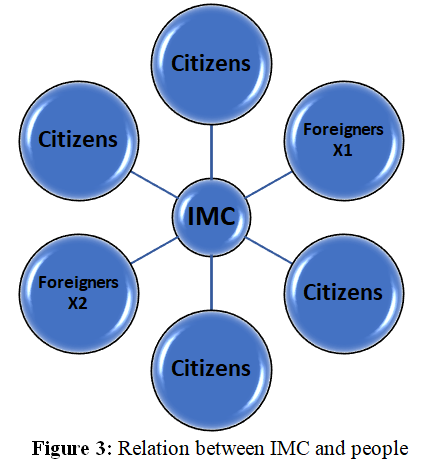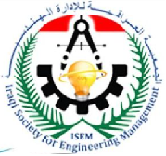INTELLIGENT INTERNATIONAL IDENTIFICATION CARD
DOI:
https://doi.org/10.71229/njemcs.v1i1.5Keywords:
Management Information System, , Information Technology,, Database management, , Security center,, Smart IC card,, nation IC card,, Website service.Abstract
This study will develop and implement the International Identification Card (IIC) to multi users (M-1). The IIC can be used in several methods such as an IC card, Passport, driver’s license, Visa card, Security Information system, Business part, all information about individuals/persons. The Smart Identification Card Technology (SICT) system will be using several new technology categories/tools such as Information Technology, Management Information Technology, Database management, internet service, Bluetooth service, NFC and mobile calling service. The target of SICT is to increase the efficiency of IC card to know the details for all citizens and foreigners from any country regardless their nationalities. What this means is the citizen’s national and/or international security check can be identifiable, accessible from anywhere and anytime without time and/or location considerations. Therefore, any criminal behavior records and any other required checks can be accessed by the governments and authorities. The advantages of implementing this technology are to reduce the cost and time of history checkup of the person and aggregate Multi-IDs to one SICT. This new technology system will result a magnificent change, this will includes the person's (passenger's) passport information as well. Therefore, passengers can use their IIC for check in and out processes instead of using traditional passport. This new implementation of technology will assist the governments and citizens around the world without any delay in the service securely.
References
[1] Cannataro, M., Talia, D., & Trunfio, P. Distributed data mining on the grid. Future Generation Computer Systems, 18 (2002) 1101–1112.
[2] Emilio Esposito, Michele Mastroianni. Information technology and personal computers: the relational life cycle. Technovation 22 (2002) 41–50.
[3] Febo Cincotti, Donatella Mattia, Fabio Aloise, Simona Bufalari, Gerwin Schalk. Non-invasive brain–computer interface system: Towards its application as assistive technology. Brain Research Bulletin 75(2008) 796–803.
[4] Kenneth L. Kraemer, John Leslie King, Management science and information technology in U.S local government: A review of use and impact. 7:1-2 (1982) 7-19.
[5] Liao, S. H. (2002). Problem solving and knowledge inertia. Expert Systems With Applications, 22, 21–31.
[6] Liebowitz, J. (2001). Knowledge management and its link to artificial intelligence. Expert Systems With Applications, 20, 1–6.
[7] Liebowitz, J., & Wright, K. (1999). Does measuring knowledge make cents? Expert Systems With Applications, 17, 99–103.
[8] Nonaka, I., Umemoto, K., & Senoo, D. (1996). From information processing to knowledge creation: a paradigm shift in business management. Technology in Society, 18(2), 203–218.
[9] OECD. Information Technology Outlook 1997. Organisation for Economic Co-operation and Development, 1997, Paris.
[10] Robert W, Ross jr, The application of computer technology to landscape planning in united state nation forests, 13(1986) 453-461.
[11] Shu-hsien Liao. Knowledge management technologies and applications—literature review from 1995 to 2002. Expert Systems with Applications 25 (2003) 155–164.
[12] Wilkins, J., Wegen, B., & Hoog, R. (1997). Understanding and valuing knowledge assets: overview and method. Expert Systems With Applications, 13(1), 55–72.
[13] Xuan, F. Z., Ram, D. S., Marco, G. F. and Farrokh, M. 2008. Knowledge-intensive collaborative decision support for design processes: a hybrid decision support model and agent. Computers in Industry. 59: 905–922.

Downloads
Published
Issue
Section
License
Copyright (c) 2024 Ali Adham , Anwar Ja’afar Mohamad Jawad , Alyaa Al-Barrak

This work is licensed under a Creative Commons Attribution 4.0 International License.









